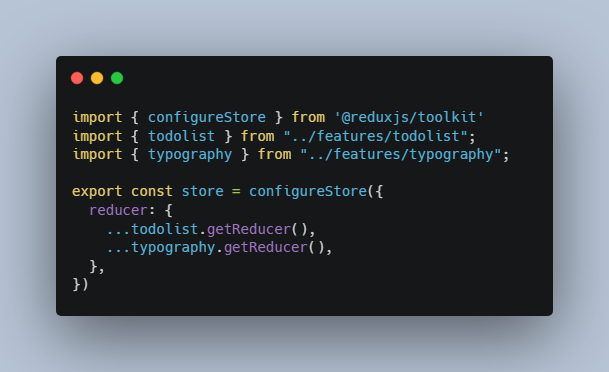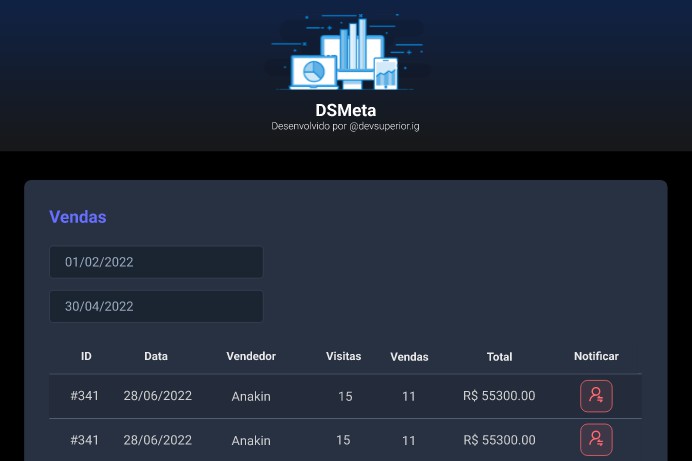still-redux
Still-redux is a utility that provides fast development of redux applications with a good developer experience. It’s not a state manager, but a small wrapper around react-redux and is suitable for use in projects where react-redux is already used.
Made with respect to: ? good api for fast development ? redux and redux-toolkit compatibility ? typescript support
Forget what you know about redux. With still-redux, there are only two simple steps:
- define the initial state
- describe the business logic in the hook
installation
Npm:
npm i still-redux
Yarn:
yarn add still-redux
Required dependencies:
npm i react
npm i redux
npm i react-redux
example
Typical todolist:
import { createFeature, useFieldState } from "still-redux";
export const todolist = createFeature('todolist', {
items: [{text: 'add todos', completed: false}],
title: 'my todolist',
})
export const useTodolist = () => {
const [todos, setTodos] = useFieldState(todolist.items);
const [listTitle, setListTitle] = useFieldState(todolist.title);
const completedCount = todos.reduce<number>(
(count, item) => count + (item.completed ? 1 : 0),
0
);
const inProgressCount = todos.length - completedCount;
const addTodoItem = (text: string) => {
if (!text || todos.some(item => item.text === text)) { return }
setTodos((items) => {
items.push({text, completed: false});
return items;
});
}
const removeTodoItem = (index: number) => {
setTodos(items => {
items.splice(index,1);
return items
})
}
const toggleTodoItem = (itemIndex: number) => setTodos(items => {
items[itemIndex].completed = !items[itemIndex].completed;
return items;
});
return {
data: { todos, completedCount, inProgressCount, listTitle },
handlers: { addTodoItem, removeTodoItem, toggleTodoItem, setListTitle },
}
}
Now just add the automatically generated reducer to your root reducer:
import { combineReducers } from 'redux'
import { todolist } from "../features/todolist";
const rootReducer = combineReducers({
...todolist.getReducer(),
// ... other reducers
})
Or with redux-toolkit helper:
import { configureStore } from '@reduxjs/toolkit'
import { todolist } from "../features/todolist";
import { typography } from "../features/typography";
export const store = configureStore({
reducer: {
...todolist.getReducer(),
...typography.getReducer(),
},
})
And it’s all ? With createFeature and useFieldState everything is done.
API
createFeature
The createFeature function takes a unique feature name and initial feature state. The returned object duplicates the initial state keys and used in special hooks.
import { createFeature } from "still-redux";
export const myFeature = createFeature('featureName', featureInitialState);
It also takes an options with featureSelector for the case when you are using a nested store structure, i.e. with nested combineReducers:
import { createStore } from 'redux';
import { createFeature } from "still-redux";
const feature = createFeature(
'feature',
featureInitialState,
{ featureSelector: (state) => state.featureScope.feature }
);
const store = createStore(
combineReducers({ // outer combineReducers
featureScope: combineReducers({ // inner combineReducers
...feature.getReducer() // result state structure: {featureScope: {feature: {...}}}
}),
})
);
If featureSelector is not set, path state[featureName] will be used.
useFieldState
import { useFieldState } from "still-redux";
const useFeatureLogic = () => {
const [someField, setSomeField] = useFieldState(myFeature.someField);
// ...
}
The useFieldState hook is similar to the standard useState and does the same thing, but do it for redux store. It subscribes to the value of a field in the redux store and provides a method to update it. The update method works the same way as the update method from useState. The setter of useFieldState could receive:
- value
- callback that takes the current value and returns the changed value.
For example:
setSomeField([1,1,1])
setSomeField((currentArray) => currentArray.filter(value => value === 1)) // mutation is ok
useFieldGetter and useFieldSetter
It is possible to use these hooks instead of useFieldState if you need to get just the value from the store or just it’s setter. useFieldSetter can be useful if you only want to change the value, but don’t want to create a subscription.
import { useFieldGetter, useFieldSetter } from "still-redux";
const someField = useFieldGetter(myFeature.someField);
const setSomeField = useFieldSetter(myFeature.someField);
getReducer
getReducer is a method of an object created by the createFeature function. Used to combine a feature reducer with a root reducer.
import { combineReducers } from 'redux'
import { todolist } from "../features/todolist";
import { typography } from "../features/typography";
const rootReducer = combineReducers({
...todolist.getReducer(),
...typography.getReducer(),
})
Or with redux-toolkit helper:
import { configureStore } from '@reduxjs/toolkit'
import { todolist } from "../features/todolist";
import { typography } from "../features/typography";
export const store = configureStore({
reducer: {
...todolist.getReducer(),
...typography.getReducer(),
},
})
Compatibility with the Redux ecosystem
You can get selector and actionCreator for any field created with createFeature.
ActionCreator takes either an object or a field modifier function.
import { createFeature } from "still-redux";
export const todolist = createFeature('todolist', {
items: [{text: 'add todos', completed: false}],
title: 'my todolist',
})
const { selector, actionCreator} = todolist.items;
Action Type can be obtained from actionCreator:
const actionType = actionCreator.toString();



